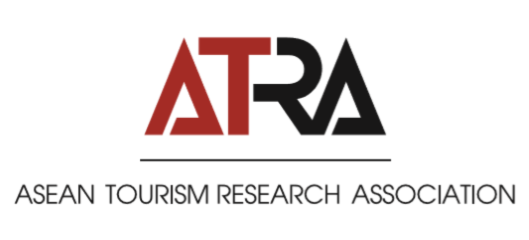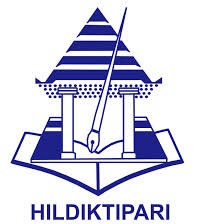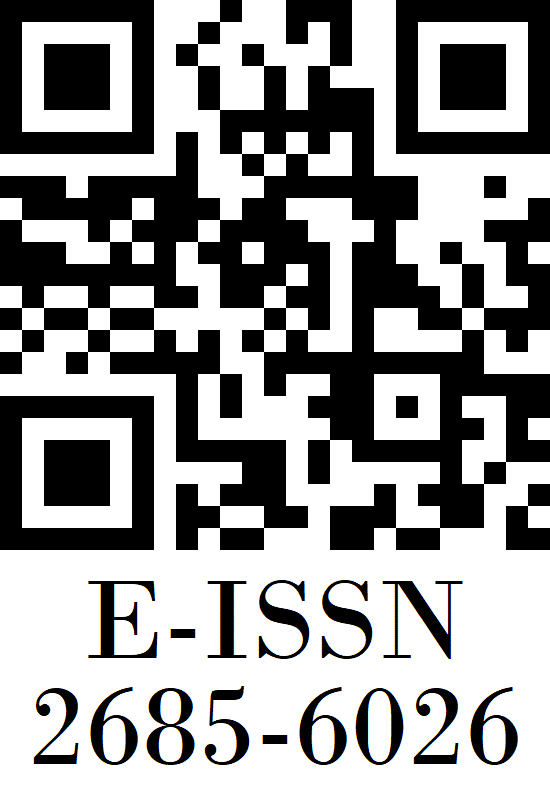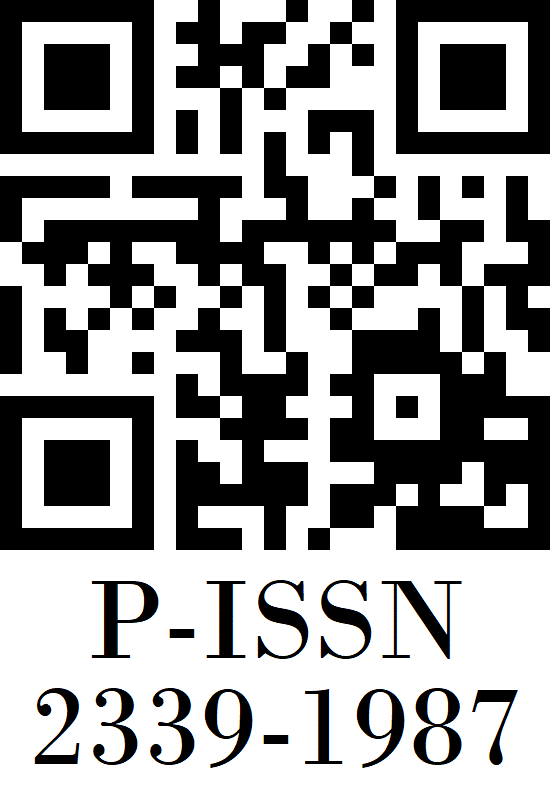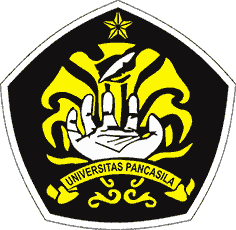IMEJ DESTINASI TERHADAP KEPUASAN DAN LOYALITAS WISATAWAN UNTUK BERKUNJUNG KEMBALI
DOI:
https://doi.org/10.35814/tourism.v7i2.1048Keywords:
Tourist Destinations, Museums, Visiting Travelers, TravelersAbstract
This research will focus on the Tourist Destination Areas (DTW) of the museum considering the motives and tourist destinations are more unique, besides recreational motives there is an element of learning. The pattern of tourism in museum objects shows the fact that the number of tourist visits is relatively fixed from year to year. Investment in tourist destinations is very large, especially in artificial destinations. Visitors to tourist destinations, although satisfied, are less likely to visit again. So to foster loyalty it needs to be redefined. So this study aims to prove that high decisions do not necessarily form high loyalty. Therefore loyal tourists are not only willing to come back but are willing to promote the destinations visited either by word of mouth or recommend to others. This research uses a quantitative analysis method with an inferential approach. Theoretically, quantitative analysis in a study can be approached from two approaches, the first using descriptive statistics and the second using inferential statistics. Both types of statistics have different characteristics, both in terms of analytical techniques and the objectives that will result from the analysis. The output of this research is to develop the concept of strategy formulation for the marketing of tourist attraction objects especially museum destinations, and to develop the concept of marketing strategies in increasing tourist visits.
References
Choi, Eun Jung and Soo-Hyun Kim. 2013. The Study of the Impact of Perceived Quality and Value of Social Enterprises on Customer Satisfaction and Re-Purchase Intention. International Journal of Smart Home, Vol. 7, No. 1.
Coban, S. 2012. The Effects of the Image of Destination on Tourist Satisfaction and Loyalty: The Case of Cappadocia. European Journal of Social Science – Volume.29, Number.2
Garcia, Ben. 2012. What We Do Best: Making the Case for the Museum Learning in its Own Right. Journal of Museum Education, Volume 37, Number 2, Summer 2012, pp. 47-56. ©2012 Museum Education Roundtable.
Gujarati, D. 1999.Essensials of Econometrics. International Editions. Singapore: Irwin, McGraw-Hill
Hair, J. F., Rolph E. A., Ronald L. T. and William C. B. 1998.Multivariate Data Analysis. 5th Ed. USA:Prentice-Hall Int’l
ICOM, 2012. Role of Museums in Education and Cultural Tourism Development: Policy Brief. Ukraine
Kumar Singh, Prabhas. 2013. Museum and Education. OHRJ, Vol. XLVII, No. 1, pp. 71-82, Feb. 2013
Levin, Amy. 1998. Museums, Education, and Diversity: A Tale of Twin Cities. Scholarly Journals, New Jersey Project, New Jersey City University Academic Affairs. http://search.proquest.com/docview/220384914?accountid=62690
Mohamad, M,, Ali, A. B., and Ghani, N. I. 2011. A Structural Model of Destination Image, Touris Satisfaction and Destination Loyalty. International Journal of Business and Management Studies.
Mulyadi.N, Suryasih.I.A.2016. Pengelolaan museum Arma Sebagai Daya Tarik Wisata Budaya Di Desa Ubud. Jurnal Destinasi Pariwisata Vol.4 No.2. 2016
Nuraeni.B.S.2014. Analisis Faktor-Faktor Yang Mempengaruhi Minat Kunjung Ulang Wisatawan Museum Ranggawarsita Semarang. Jurnal Bisnis STRATEGI Vol. 23 No. 1 Juli 2014
Parasuraman, A., V. Zeithaml, and L. Berry. 1988. SERVQUAL: A Multiple Item Scale for Measuring Consumer Perceptions of Service Quality. Journal of Retailing. 64: 12-40.
Rajesh, R. 2013. Impact of Tourist Perseptions, Destination Image and Tourist Satisfaction on Destination Loyalty: A Conceptual Model. Pasos Vol. 11 N 3. Page 67-78. www.pasosonline.org
Raquel Sánchez-Fernández and M. Ángeles Iniesta-Bonillo, 2007, The Concept of Perceived Value: Asystematic Review of the Research. Marketing Theory, 2007.
Sekaran, U. 1992. Research Method for Business. New York: John Wiley and Sons.
Solihat.A, Ary.M. 2016. Analisa Minat Wisata Museum Kota Bandung. Jurnal Pariwisata, Vol.III No.2 September 2016.AMIK BSI Bandung
Spasic, S. 2015. Museum Program as Tourist Attractions. https://www.academia.edu/30852929/
Valle, P. O; Silva, J. A; Mendez, J; and Guerreiro, M. 2006. Tourist Satisfaction and Destination Loyalty Intention: A Structural and Categorical Analysis. Int. Journal of Business Science and Applied Management, Volume ,1 Issue , 2006.
Zeithaml, V. A. 1988. Consumer Perception of Price, Quality and Value: A Means-End Model and Synthesis of Evidence. Journal of marketing, American Marketing Association
Zeithaml, Valarie A. 1995. Consumer Perceptions of Price, Quality, and Value: A mean-End Model and Synthesis of Evidedence. In Marketing Classic: A Selection of Influential Articles. Enis, Ben M., Keith K Cox, and Michael P Mokwa. New Jersey: Prentice-Hall.




